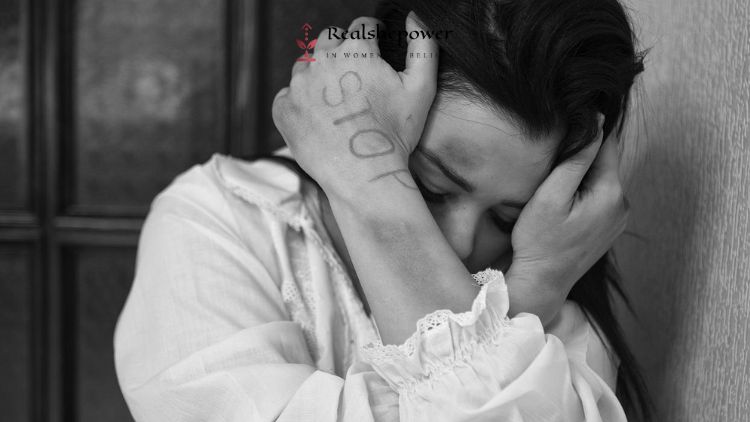Sweden ranks the highest in domestic violence cases and gender equality


Domestic violence is seen by the Swedish government as the most significant barrier to gender equality. Despite this, around 7% of both men and women experience violence in an intimate relationship. In the United States, that figure is 25% for women and 11% for men.
According to the Global Gender Gap Index 2020 from the World Economic Forum, Iceland, Norway, and Sweden are the countries with the smallest gap between men and women. The Gender Gap Index assesses equality in the workplace, politics, health, and education.
Despite having the highest gender equality rankings, Sweden also has one of the worst rates of partner-based violence against women reported globally.
In a survey on domestic abuse done by the European Union Agency for Fundamental Rights, Sweden came in third, Finland second, while Latvia and Denmark had the highest results. This contradiction is known as the Nordic Paradox.
What is Nordic Paradox?
Simply put, the Nordic Paradox is a phenomenon in which countries that rank highest in the gender equality index simultaneously have the highest rates of domestic violence.
Discussions on the Nordic paradox sometimes involve those who think that gender equality causes a backlash while others think that gender equality increases awareness and, thus, reporting.
Anna Franzell, a researcher at Sweden’s National Council for Crime Prevention says international comparisons are difficult to draw for three reasons.
“First, laws are different in each country, and what is illegal somewhere may not be in another country,” she said. “Second, crime statistics are not the same everywhere. In some countries, one woman reporting several abuses will be counted as one case. In Sweden, they count as separate cases. Finally, norms and culture vary. In Sweden we openly discuss intimate partner violence but that really isn’t the case everywhere.”
In 2014, using data from 2012, the National Council for Crime Prevention conducted a countrywide research on domestic violence.
“Male and female victims were relatively similar,” Franzell said. “However, a larger group of females said they had been victimized at some point in their lives, and a significantly higher number said that they, following severe abuse, had to seek medical care.”
A significantly higher number of female victims said that they, following severe abuse, had to seek medical care. Franzell
Domestic abuse was seldom ever discussed before 1970, or it was only done so in a polite manner. Since then, professionals have recognized domestic violence as being committed by men against women. Women’s violence has typically been viewed as a form of retaliation.
Gender Equality is a Myth
Although men report domestic abuse at equal rates as women in Sweden, it is still a gendered issue, according to Lucas Gottzén, a researcher at Stockholm University who focuses on men’s violence against women.
“Domestic violence definitely has to do with masculinity,” Gottzén pointed out in a Harvard Politics Review article in 2017. “It is because we have increased equality, knowledge and debate about sexuality, violence and sexuality, that self-reports increase. We see that with all crime statistics: more debate leads to higher numbers.”
Having worked with men in therapy who have committed violent or sexual offenses, Gottzén said gender equality is a myth.
A man can be a great father but still be violent towards his wife. I have interviewed men who take more responsibility in the home, take more care of the children and even identify as a feminist but are still violent towards their partner. Lucas Gottzén
A new study by the Lund University observed women are more likely to experience intimate partner violence when they become more financially independent. Economics theories on the backlash-effect provide support for this notion.
The backlash effect means that when partners strive to assert control over the relationship, disputes might occur or worsen. As a result, partners use violence as a negative response to women’s empowerment and progress in society.
Alternatively, some research have also indicated that economically dependent women are more vulnerable, as Skoog Waller explains.
“Intimate partner violence most often has to do with power and that is why it directly relates to gender equality,” she said. “But there is a need for more research on the specifics around the topic because right now, people are able to interpret these numbers as they wish.”
If there is a high rate of intimate partner violence, Sweden is not fundamentally a gender-equal society.Skoog Waller
“If women living independently are at higher risk of being exposed to violence, then per definition, that is not a gender equal society,” she said. “It would mean that traditional masculine attitudes and norms are still strong.
Last Word
Gender-based violence continues to be an epidemic in countries that have led the way in the advancement of gender equality. This case serves as a reminder that more work still needs to be done, and that sustained policies and changes are required to totally convert our countries into truly feminist, equitable, just, and secure societies.
